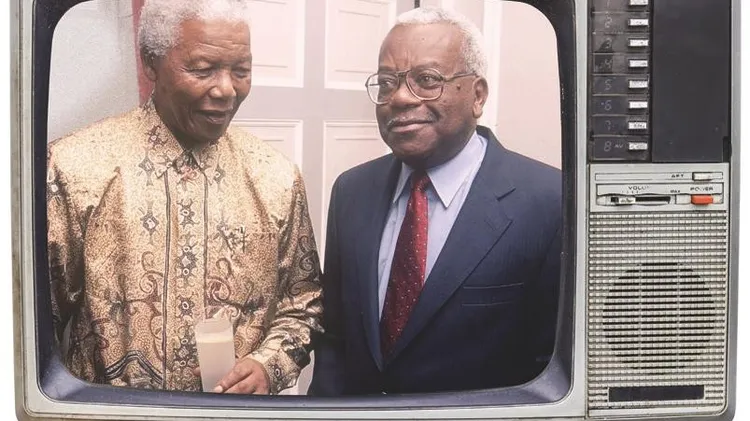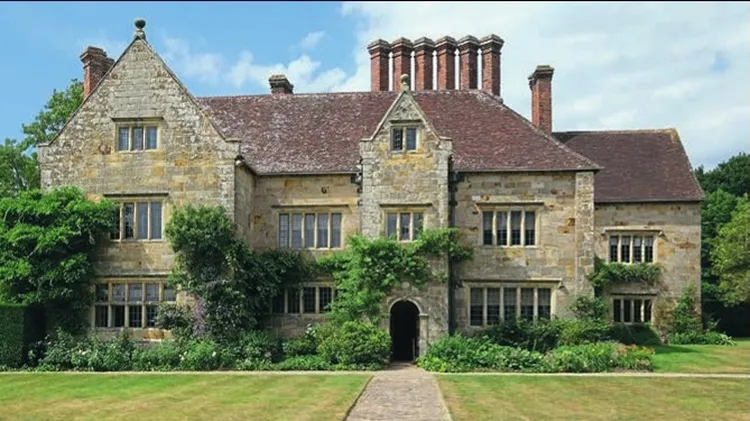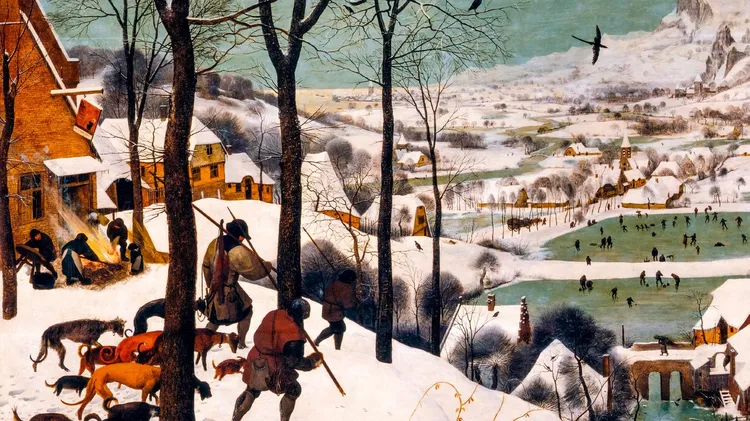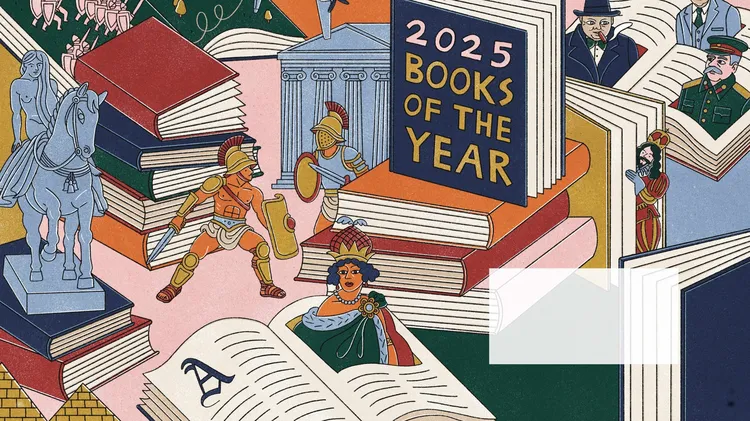Old Norse poetry isn’t just a rip-roaring account of the ex
How the vikings viewed the world
9 min read
This article is from...
Read this article and 8000+ more magazines and newspapers on Readly






